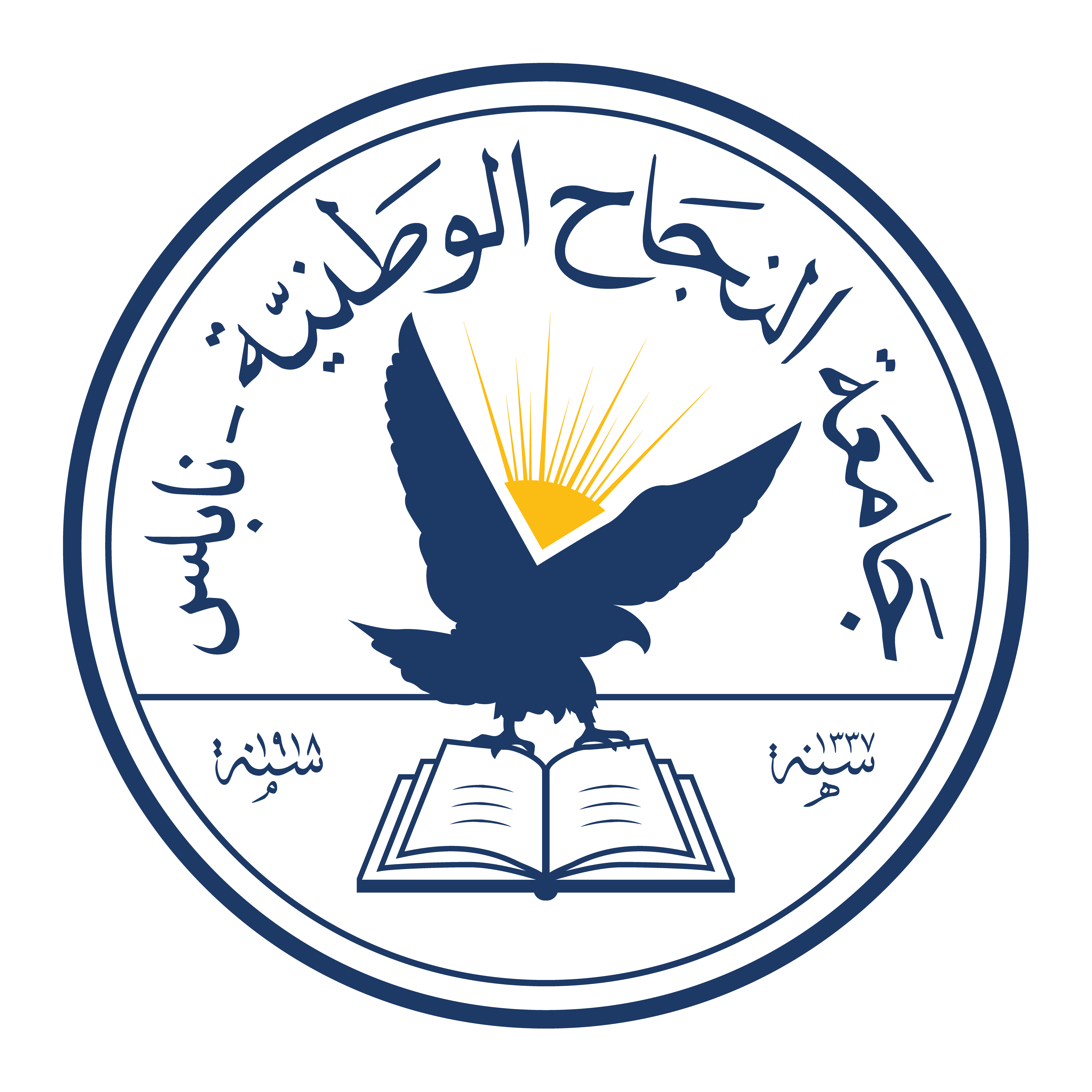
Abstract
Like other modern Arab poets, Mahmoud Darwish manages to employ fictional narratives in his poetry as a result of bridging the gap between various literary genres. His poems become much better leaving self-expression and opting for more subjective and profound horizons in an attempt to approach reality and history as well. He tries to understand human acts during conflicts, internal or external, based on special times and places as well as historical links with the human experience via poetic discourse mainly his last poems he composed in the mid 1980s. This research aims at analyzing the ways Darwish employed in historical narrative stories in his poem entitled (Ahmad al—Zatar) in terms of qualitative patterns in narrative stories, structural formations and their complexities, and the extent of its impact on the poetic text and the way it deepens its aesthetics. The research includes a theoretical background about genre overlapping, fictional narratives of history in Arabic poetry, fictional narratives of history in "Ahmad al-Zatar" poem, element of narrative structures, Narrative techniques and narrators' appearance, aesthetics of narrative and fictional overlapping, and a conclusion. This research aims at analyzing the ways Darwish employed in historical narrative stories in his poem entitled ( Ahmad al—Zatar) in terms of qualitative patterns in narrative stories, structural formations and their complexities, and the extent of its impact on the poetic text and the way it deepens its aesthetics. The research includes a theoretical background about genre overlapping, fictional narratives of history in Arabic poetry, fictional narratives of history in "Ahmad al-Zatar" poem, element of narrative structures, Narrative techniques and narrators' appearance, aesthetics of narrative and fictional overlapping, and a conclusion.
Recommended Citation
Abu Hanesh, Amal
(2020)
"Narrative and Poetic Overlapping in "Ahmad Al-Zatar" Poem Fictional Narrative of History (A Case Study),"
An-Najah University Journal for Research - B (Humanities): Vol. 32:
Iss.
3, Article 6.
Available at:
https://digitalcommons.aaru.edu.jo/anujr_b/vol32/iss3/6

